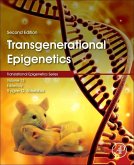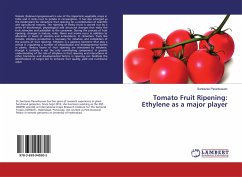Abstract The pBI101-katE binary vector harboring katE gene derived from Escherichia coli and driven by the promoter of the Rubisco small subunit gene of tomato, rbcS3C, was isolated and molecular characterized then transformed into competent cells using the heat chock method. The binary vector was transformed into competent Agrobacterium tumefaciens cells by two ways; the first way via the tri-parental mating method, and the second one by the electroporation method. The pBI101-katE construct was introduced into a dwarf tomato via Agrobacterium tumefaciens-mediated transformation. And also the construct was introduced into a tobacco by biolistic bombardment.Putative transgenic plants were regenerated and further screened by using PCR. PCR analysis of T1 plants from the independent calli revealed the presence of katE and nptII genes.
Bitte wählen Sie Ihr Anliegen aus.
Rechnungen
Retourenschein anfordern
Bestellstatus
Storno








